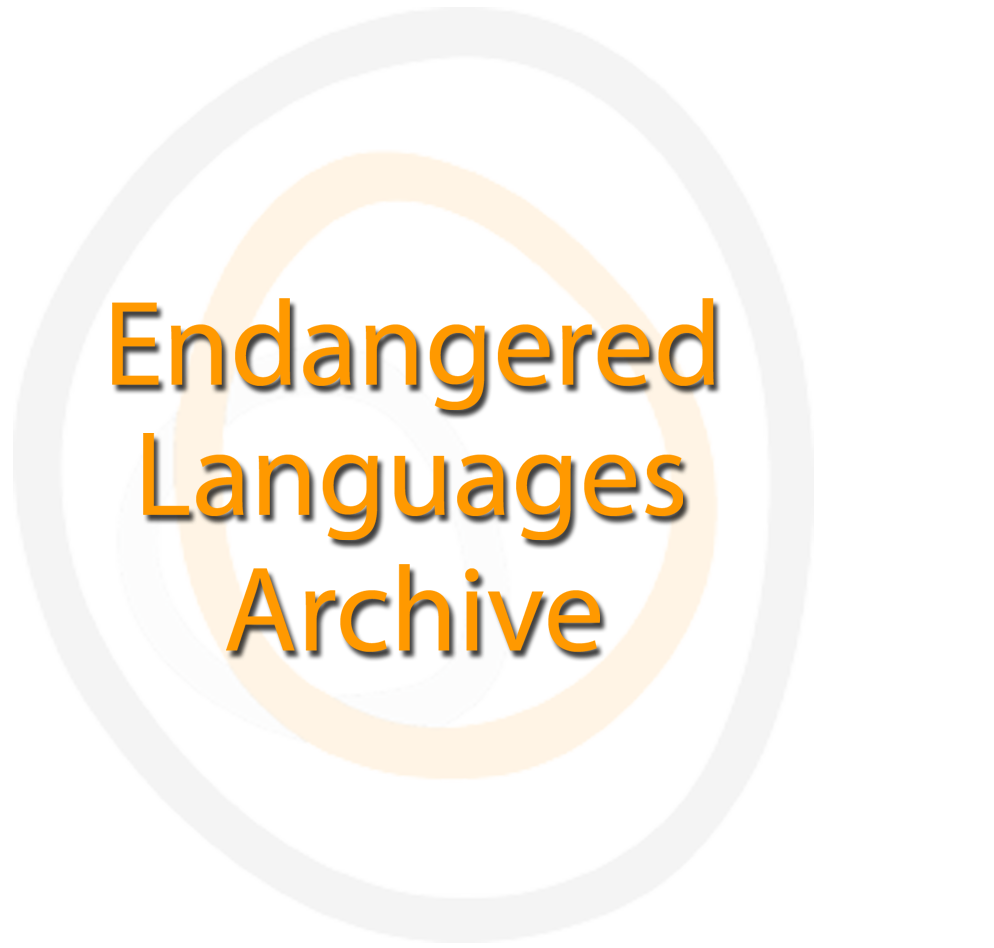Kurtöp: An East Bodish Language from Bhutan
| Language | Kurtöp, Chocangaca, Dzala, Bumthap, Khengkha, Chali, Dakpa |
| Depositor | Kuenga Lhendup |
| Affiliation | University of Sydney |
| Location | Bhutan |
| Collection ID | 0658 |
| Grant ID | |
| Funding Body | |
| Collection Status | Forthcoming |
| Landing page Handle | http://hdl.handle.net/2196/b7bb563e-e5fb-4c04-95dc-5f66245a64cd |
Summary of the collection
The collection contains audio and video recordings in Kurtöp, transcriptions and then translations into English. The contents document not only the language component but also the rich traditions and culture of this remote community in Bhutan.
Group represented
Kurtoe is a Gewog or Block under Lhuentse District in Northeastern Bhutan, bordered by the districts of Bumthang to the West, Tashi Yangtse to the East, Mongar to the South and by the Tibetan Autonomous Region of China to the North. It also refers to the community of people who speak the language Kurtöp or Kurtoebikha or Kurtotpikha. While the people there are generally referred to as Kurtöps, there are a few dialects that are spoken in this region and each unique on its own. One is Kurtöp (also called Zhake, and the focus of this thesis) spoken in all the villages under Kurtoe Gewog and some villages under Gangzur Gewog such as Ney, Shawa, Gangzur and Jang and also in some villages of Tangmachu under Menbi Gewog. It is generally called Kurtöp but technically Kurtöp refers to the people in Kurtoe region or those who speak Kurtöp and the dialect/language itself is called Kurtoebikha (by people who speak Dzongkha) and Kurtotpikha, by the Kurtöps themselves. The suffix -kha literally refers to ‘mouth’ and when affixed with the name of a region it refers to the language spoken in that region. For example, Mangduebikha- language spoken by people in the Mangdue region; Gonduebikha- language spoken by the Gongdueps; and Lhotshambikha- the language spoken by people in the south (southern districts of Bhutan).
Special characteristics
There are many aspects of this community’s culture that are on the verge of disappearance and this collection is an attempt to document as much as possible.
Collection contents
The collection contains audio and video recordings in Kurtöp, transcriptions and then translations into English. The contents document not only the language component but also the rich traditions and culture of this remote community in Bhutan.
Collection history
I have been working with Dr. Hyslop as her Research Assistant since 2006. In the beginning I didn’t find much meaning in her work but over the years I was really fascinated so much so that I left a well paid permanent and secure job to pursue academics as her PhD Student!
Acknowledgement and citation
To refer to any data from the collection, please cite as follows:
Lhendup, Kuenga. Forthcoming. Kurtöp: An East Bodish Language from Bhutan. Endangered Languages Archive. Handle: http://hdl.handle.net/2196/b7bb563e-e5fb-4c04-95dc-5f66245a65ab. Accessed on [insert date here].


